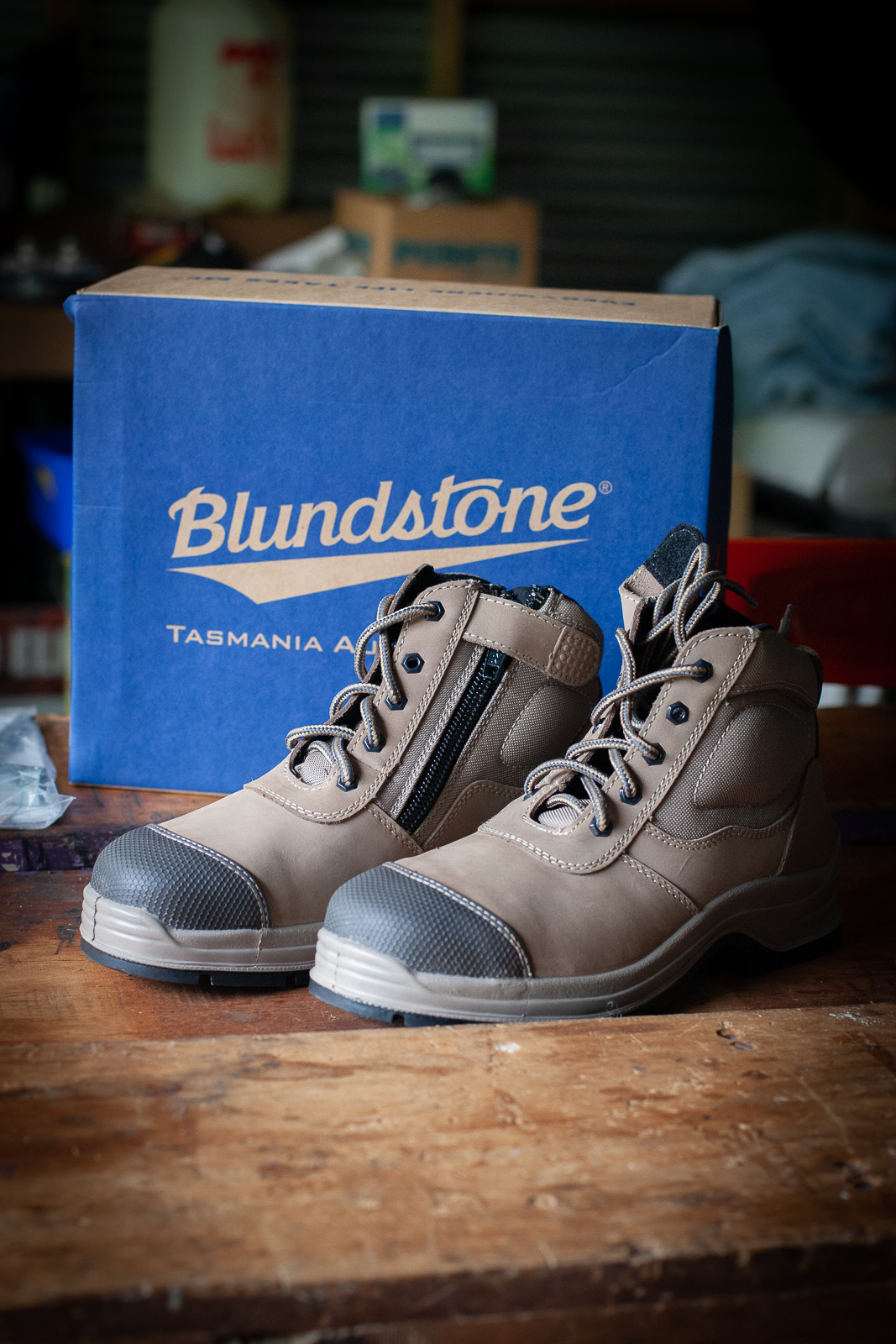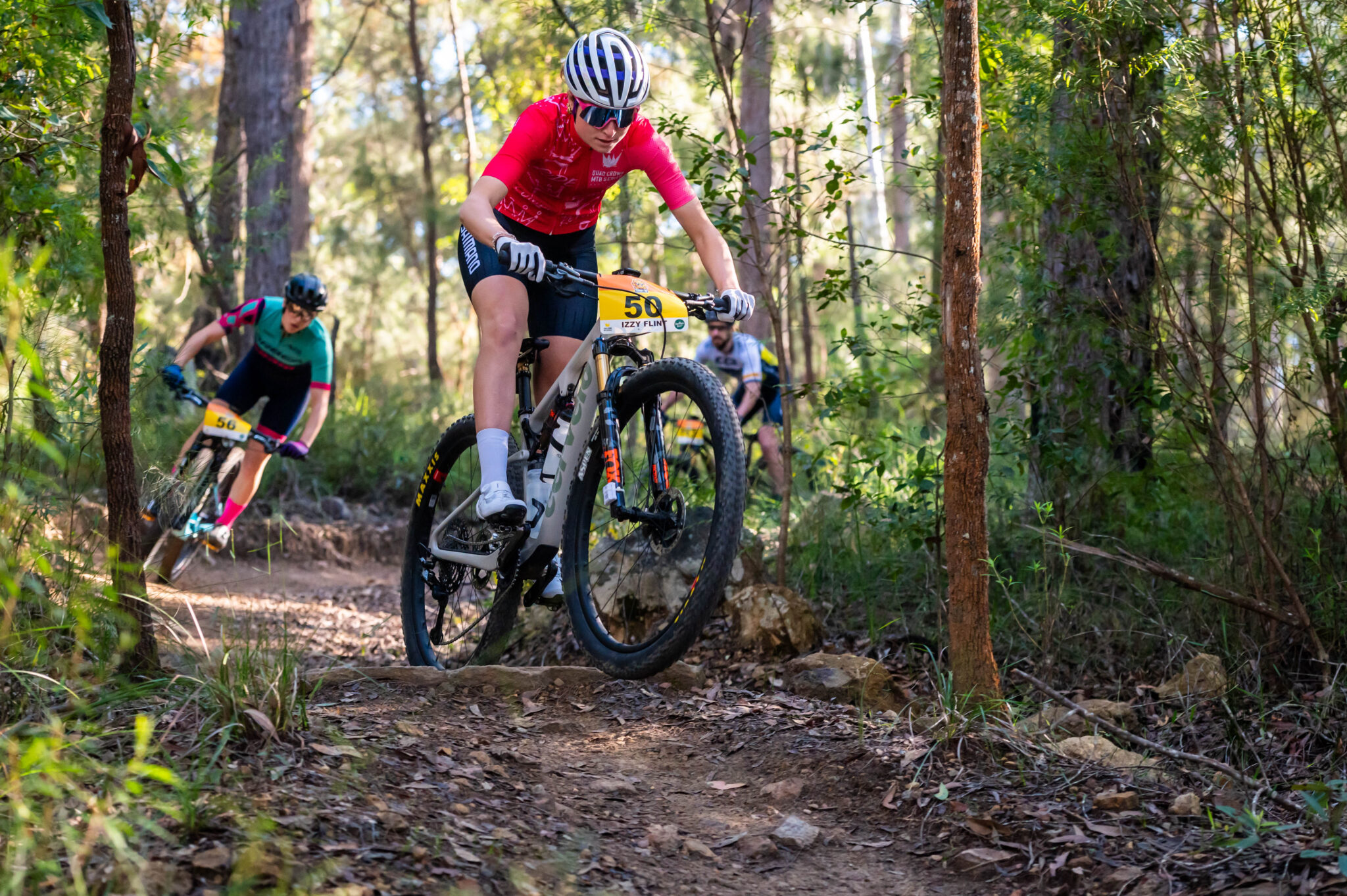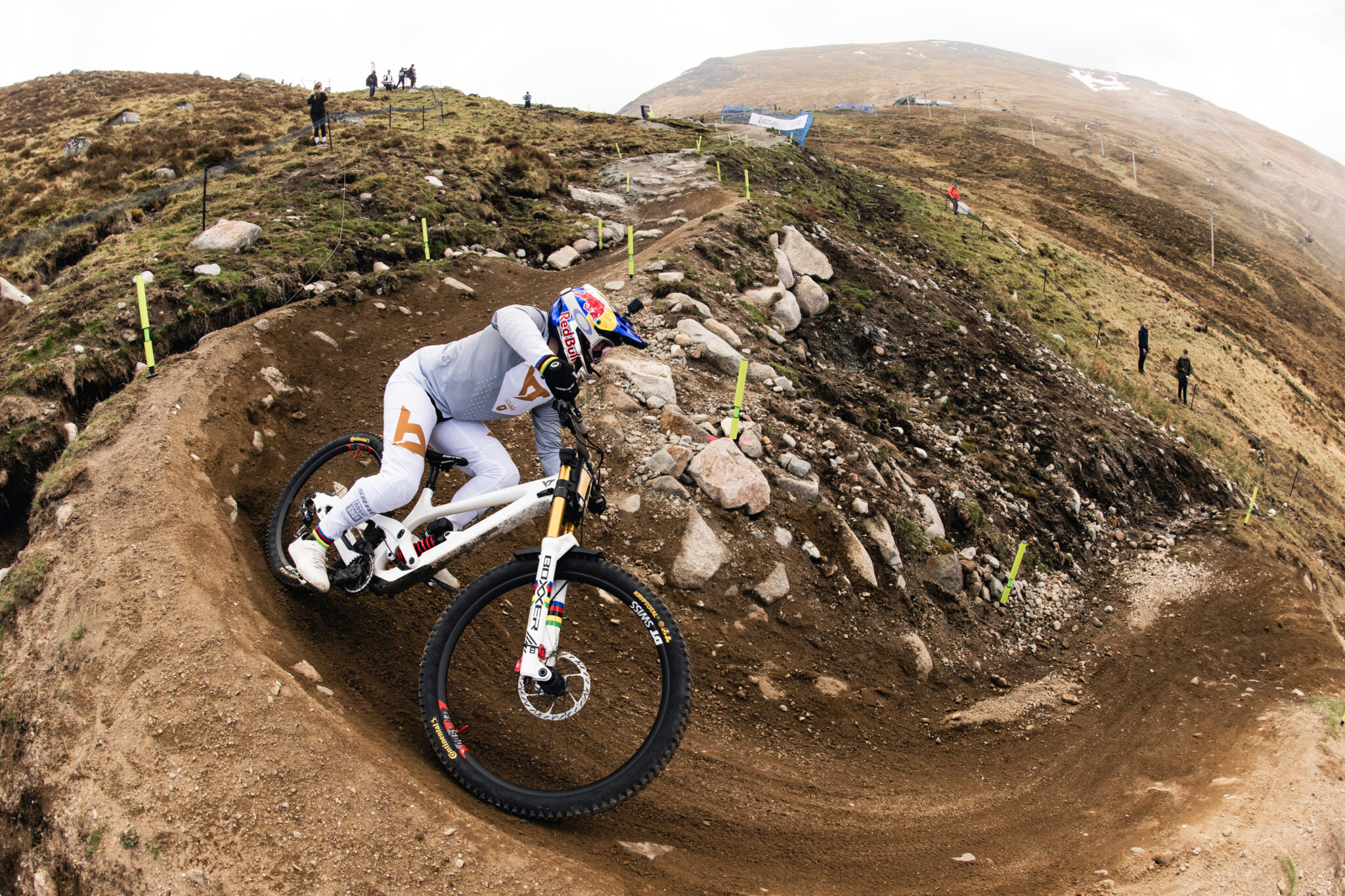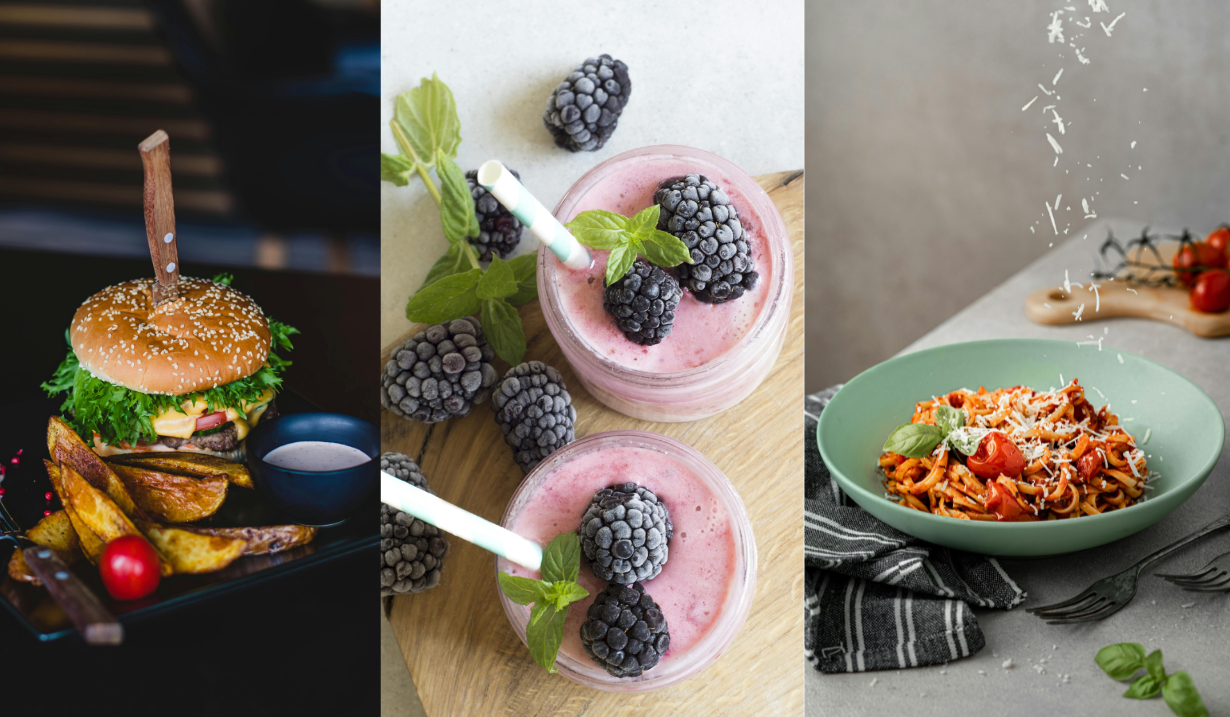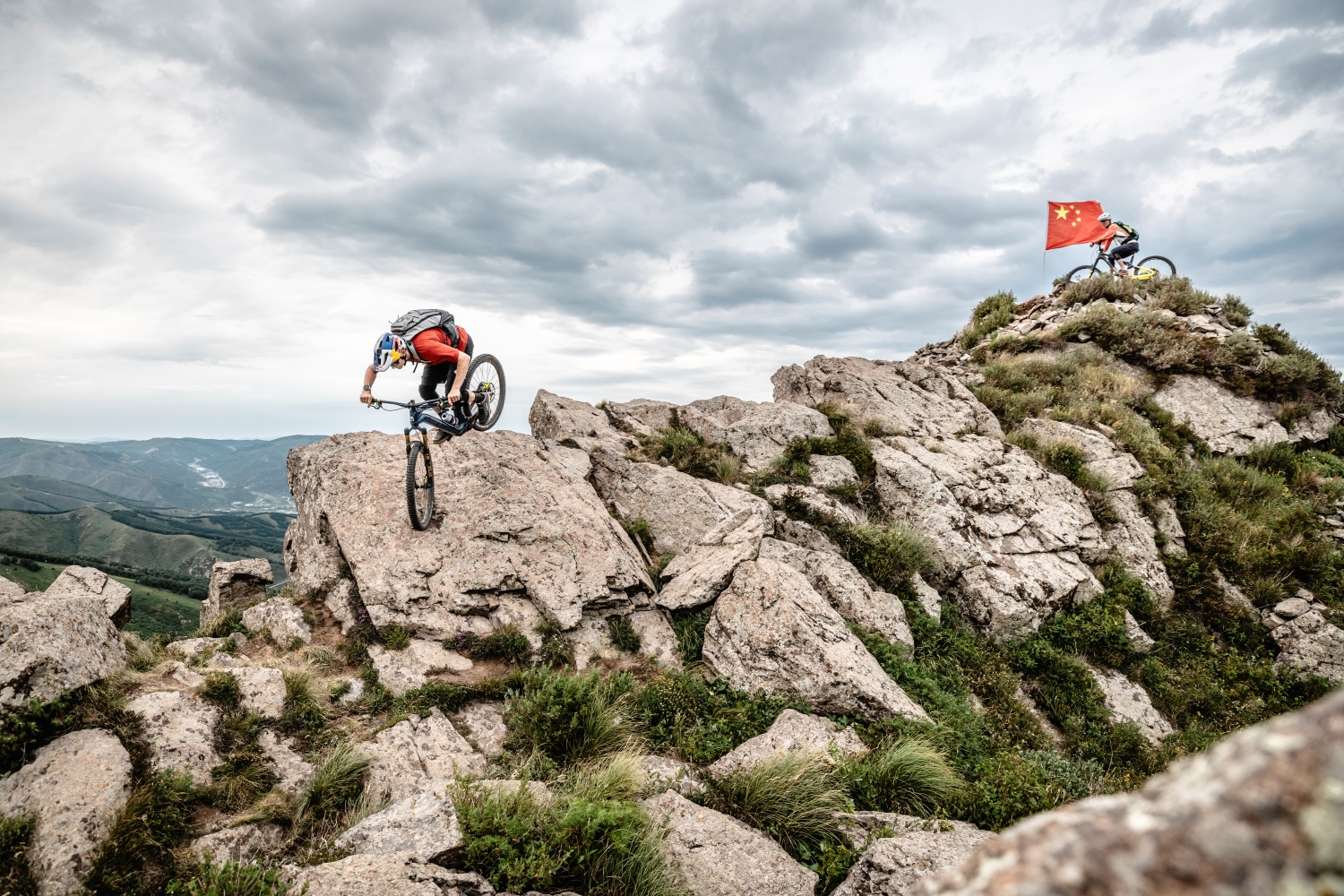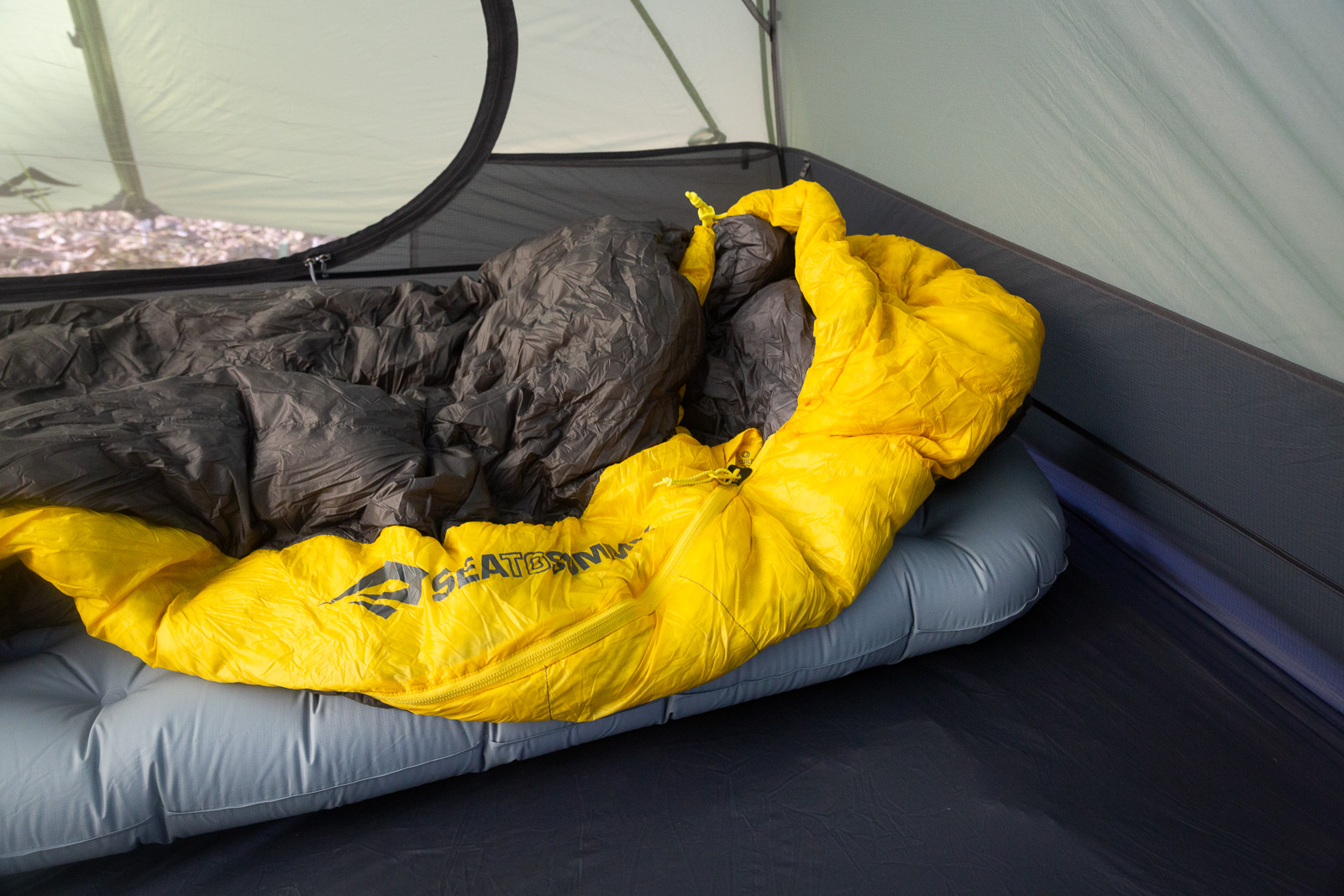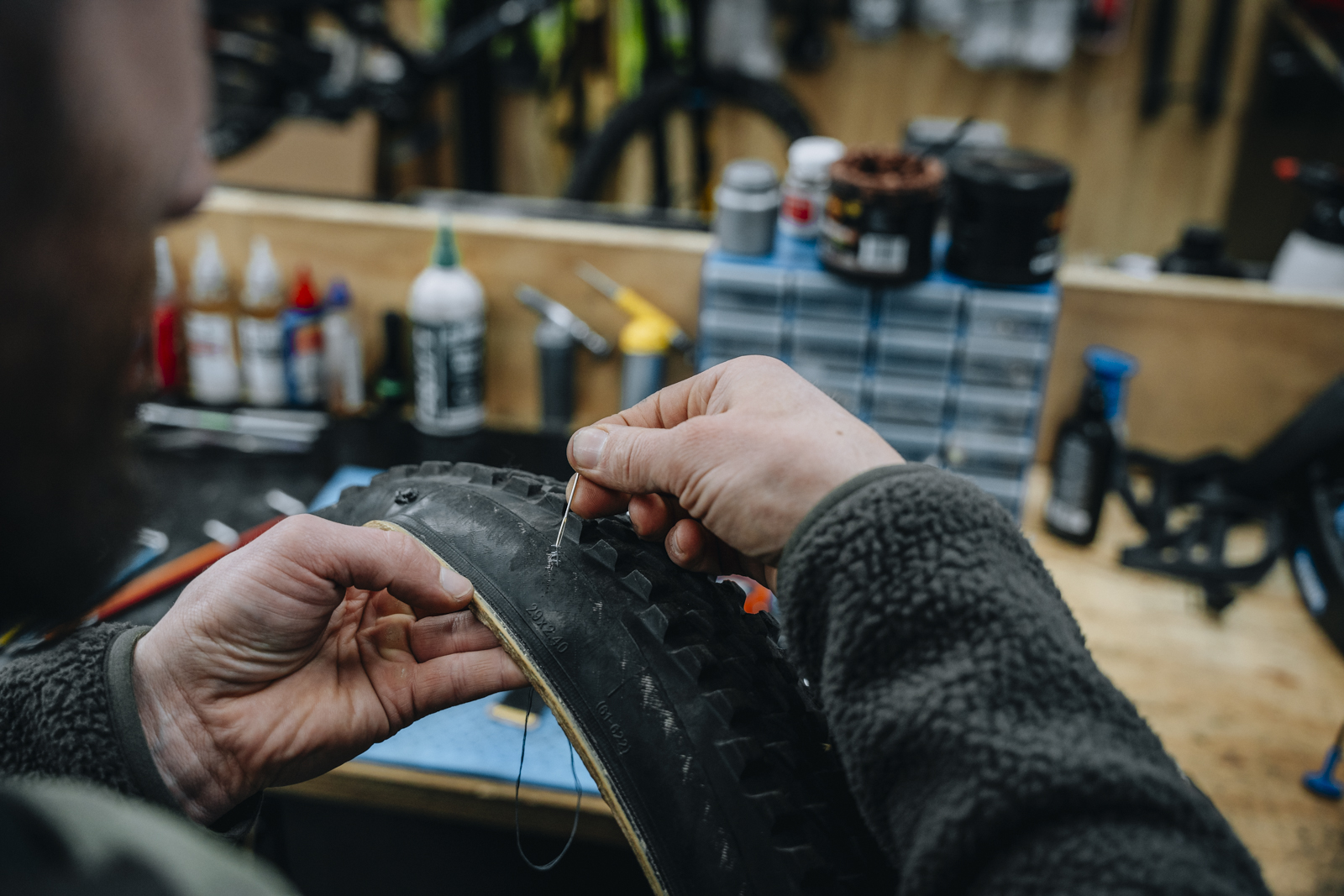NUTRITION: Should I Eat or Drink My Fuel?
There is a lot of information out there about fuelling and hydration for the bike. One of the big questions is how to get fuel in – is it better to eat it or drink it? Let’s unpack it.
Words: Zoe Wilson
Photos: Mike Blewitt
Why is fuelling important?
Carbohydrates are for the body like the fuel for a car. The body performs best when it starts a ride with a full tank, and is topped up en route to ensure you don’t find yourself sitting on the side of the road unable to continue.
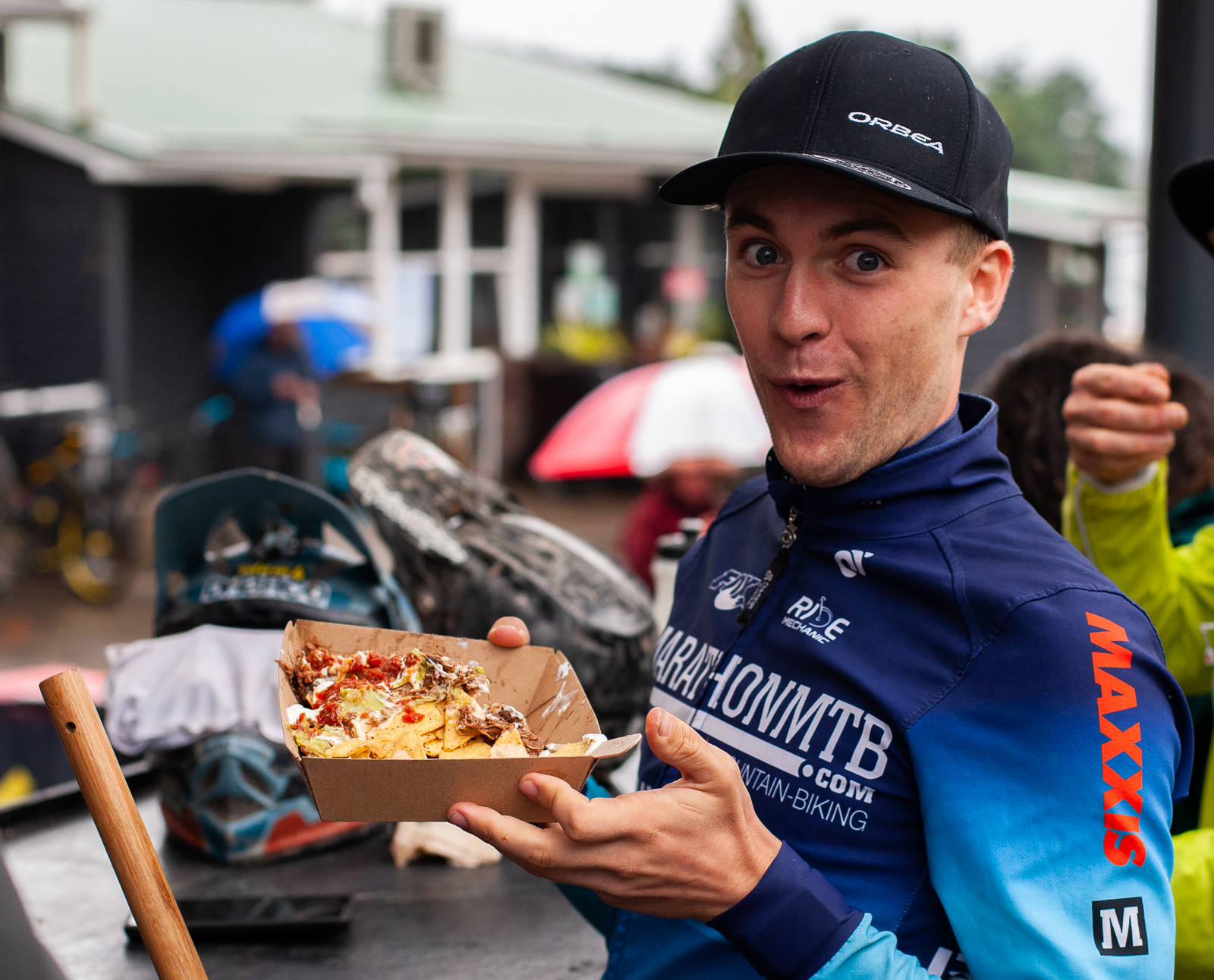
Carbohydrates are found in a variety of food and drink, from sugary treats (cake, pastry, sweets, chocolate), to grains (bread, rice pasta), fruit and starchy vegetables. Sports food and drink are also a good source of carbohydrates as they are specifically designed for performance. Choosing how to take carbohydrates on during a ride is a personal thing and requires a little practice to get the best results. The first thing is to understand what the options are in terms of carbohydrate delivery and then to figure out which option is best to match your needs and goals.
How much carbohydrate do I need?
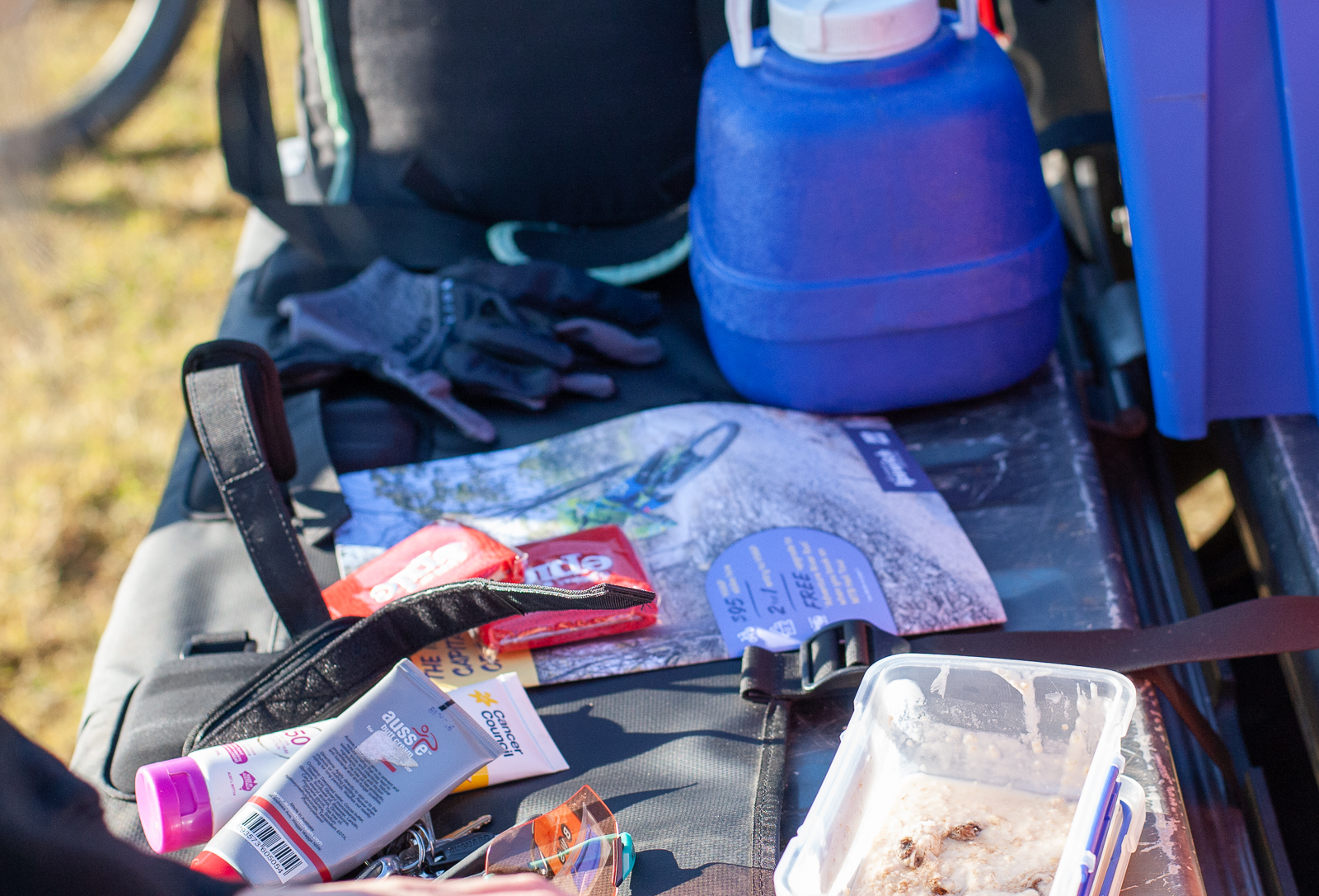
This is a good question! Generally, if a ride is less than 60-90 minutes or a very easy spin, then topping up on fuel during the ride likely isn’t necessary. However, during a long or high intensity ride, then taking on 30-60g and up to 90g of carbohydrate per hour is recommended. It’s important to start a ride well-fuelled and to eat carbohydrate and protein as part of recovery post-ride, too.
What’s in a sport drink?
Sports drinks are specifically designed to provide the optimal combination of carbohydrate, electrolyte and fluids to fuel performance and maximise hydration. There are a range of sports drinks out there, but most sports drinks will be 6-8% carbohydrate. A carbohydrate concentration higher than this (like juice or soft drink) can slow absorption and increase the risk of gut upset.
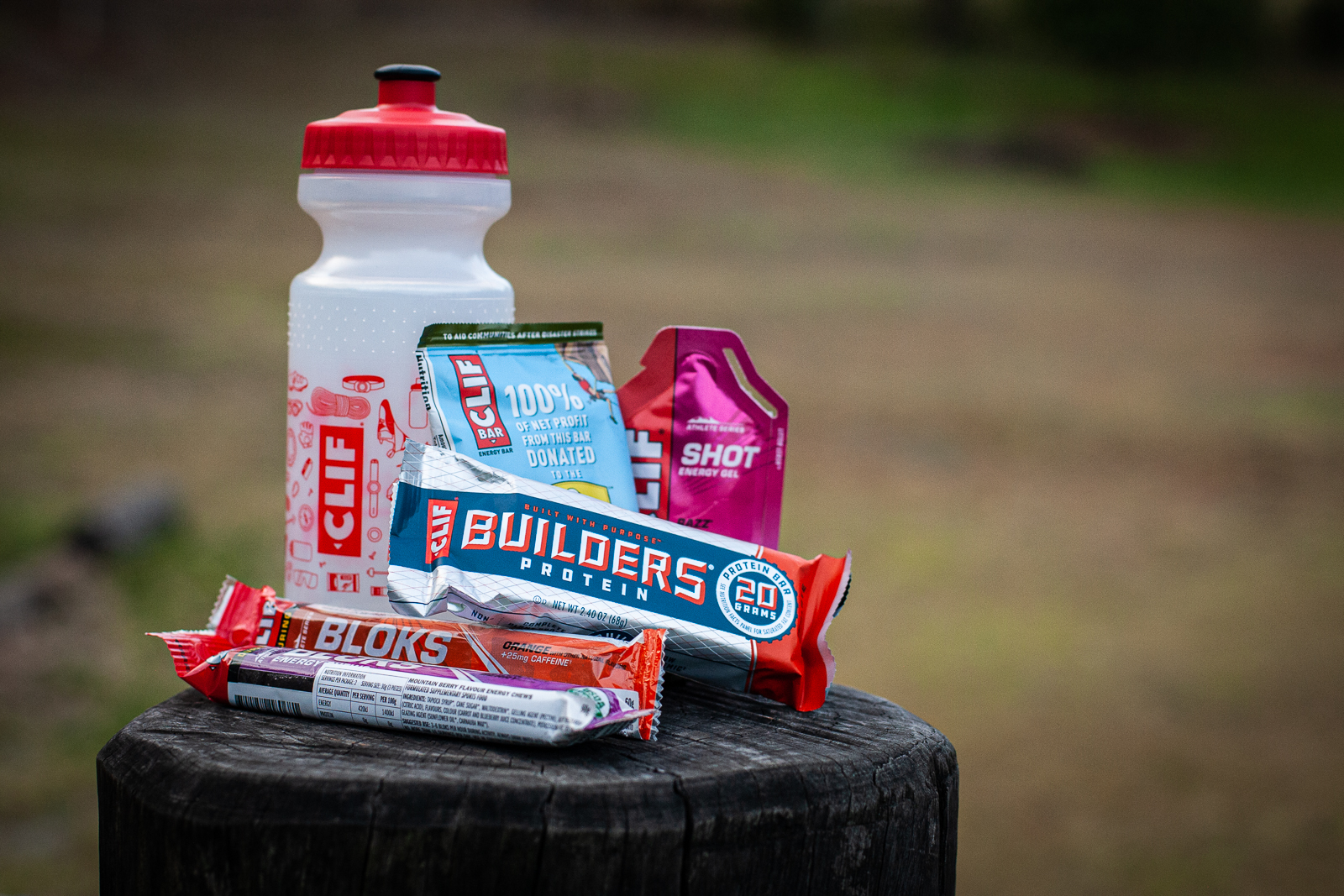
Sports drinks also include electrolytes like sodium and potassium to balance electrolytes, make them easier to drink, help with absorption and minimise gut issues. Sodium also helps replenish the salt lost in sweat, particularly important for those who are heavy or “salty’ sweaters. If you sweat more than most or finish a ride with white marks on your clothes or salt crystals in your eyebrows, then this is likely to be you.
Depending on the sports drink you choose, you will also find flavour and other ingredients like vitamins, minerals, caffeine, or protein. With flavours, choose one you like so you are more likely to drink! When it comes to other added ingredients, caffeine has some performance benefits but the rest offer little, so sticking with something simple is often best.
What are some other options for getting carbs in?
It’s not necessary to rely on drinking a sports drink for fuel during a ride. Eating food is also a perfectly good option. The most important thing is that the food you choose is easily digestible and a good source carbohydrate. Great options for the bike include a banana, sandwiches, dried fruit, a muesli bar, rice cakes, jelly beans or other lollies, or other sports food like bars, gels or chews. Choose what suits you – do you want more whole food options? Do you prefer savoury or sweet? Do you like a mix to munch on during a long ride to keep things interesting? Try a range of things in training to figure out what works best for you before you use it in a race.
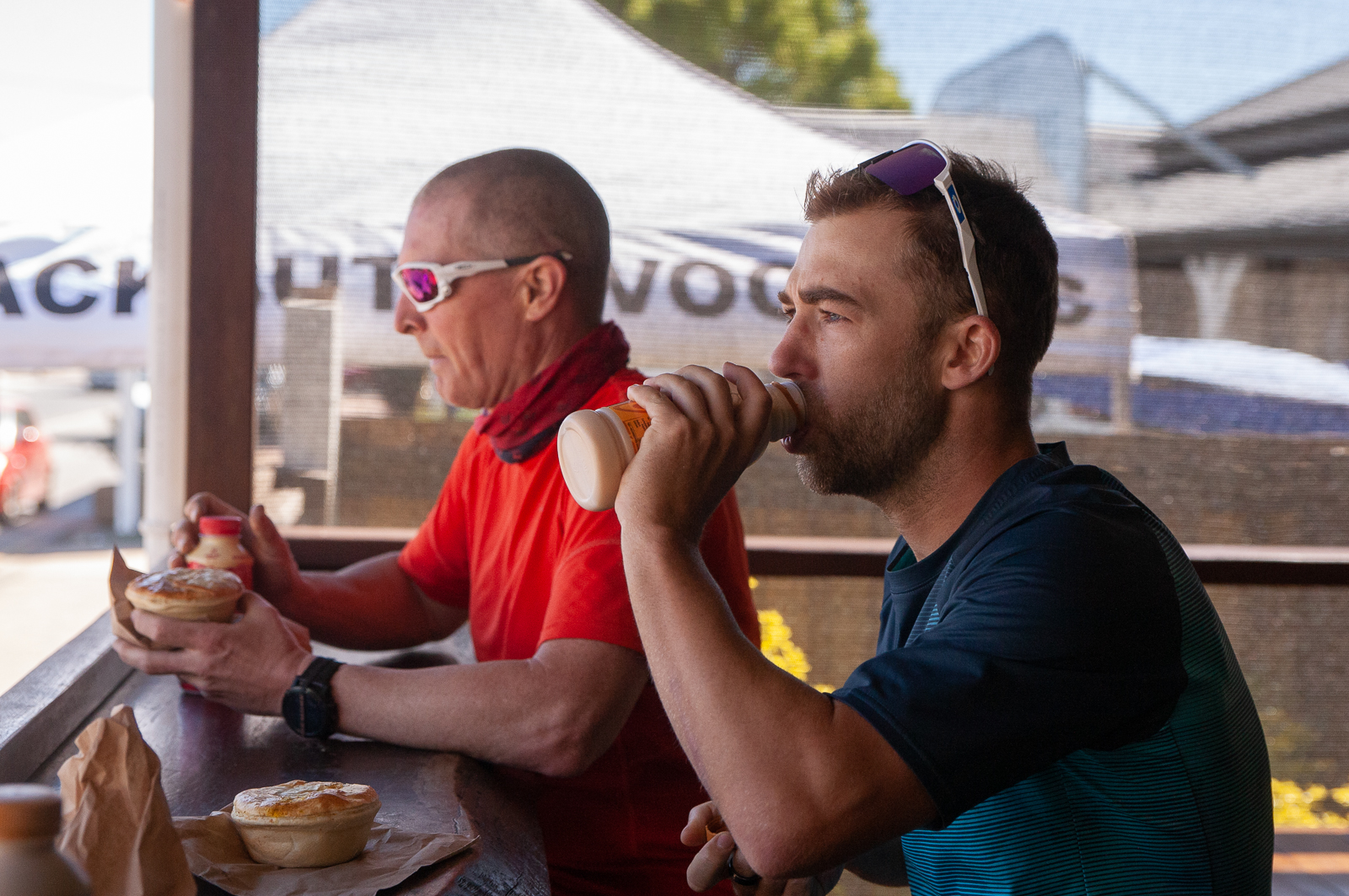
When should I use a sports drink and when should I eat my fuel and just drink water?
If going for a short or very easy spin, then water will do just fine. However, still focus on refuelling with carbohydrate foods after the ride to enhance recovery and ensure you are ready to go for the next ride.
If it is very hot or humid, or you’re a heavy or salty sweater, then your fluid needs may be higher than your carbohydrate needs. In this case, separating fluid from fuel could be helpful. Using water or an electrolyte only sports drink (without carbohydrate) can help maintain your hydration while eating solid carbohydrate foods can help you fuel a long ride. For example, you might drink a bottle or two of electrolyte drink or water (or a mix of both) and then eat a bar or a banana or a few gels each hour to meet your carbohydrate needs.
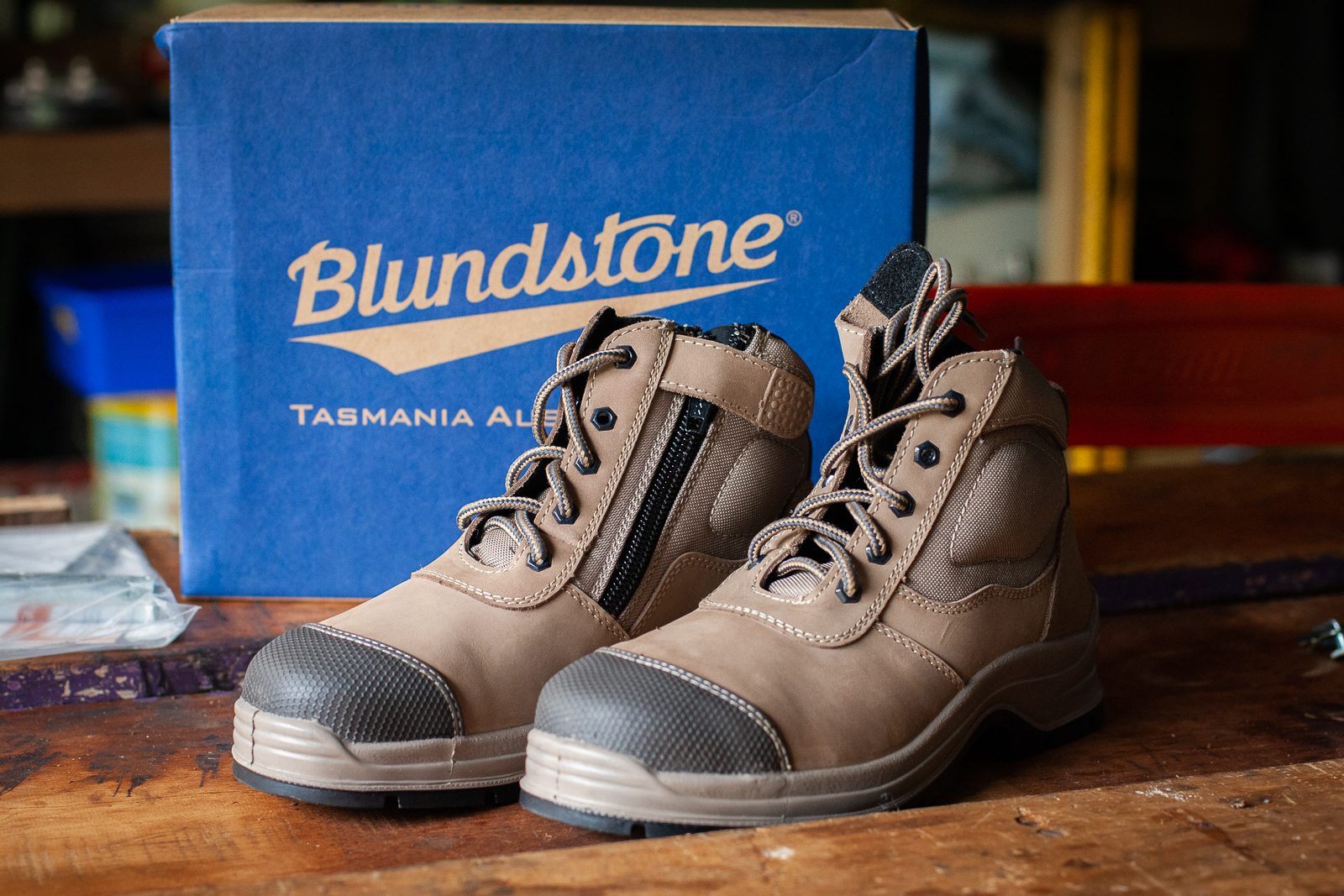
If your fluid and fuel needs match well to a sports drink, or if you find it difficult to stomach solid food while riding, then just having a sports drink as your primary fuel option may be best. Check the nutrition information on the pack to ensure you know how much carbohydrate you are getting per bottle.
The bottom line
A combination of some or all the options mentioned above may be for you, but it can be tricky to figure out what works. If you need help, seek advice from an Accredited Sports Dietitian. Then, practice, practice, practice to ensure your ride nutrition is perfected and you know how to adjust depending on the conditions.

